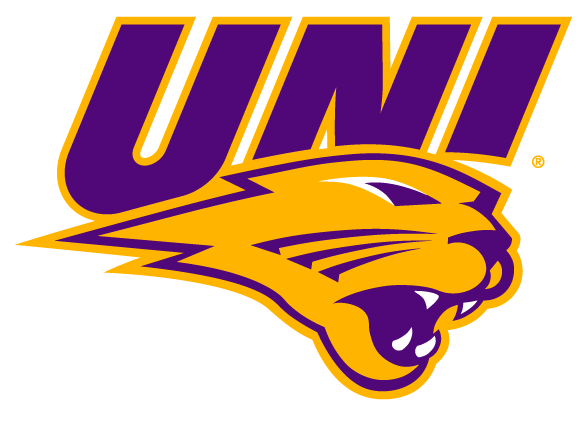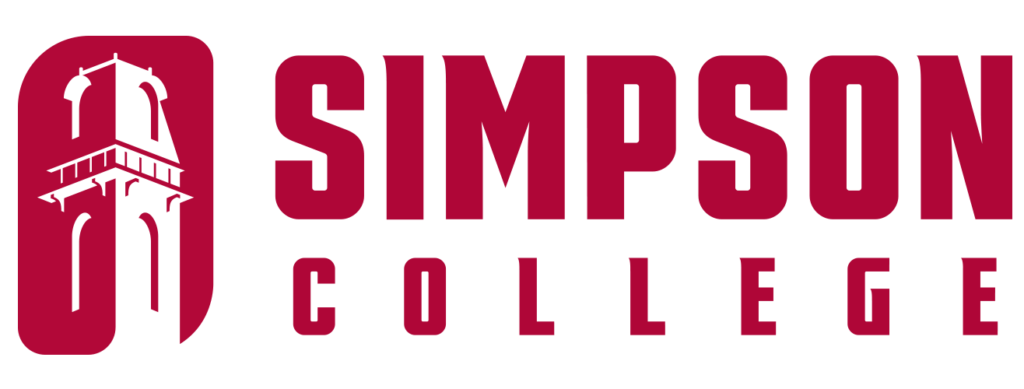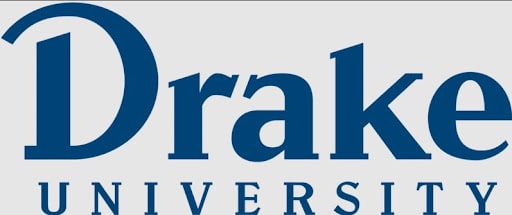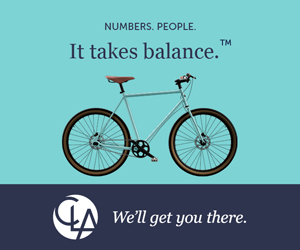A Closer Look: Liz Cooney
Director of Training, Tero International Inc.

As Liz Cooney and her colleagues at Tero International Inc. transitioned their service and training products digitally over 2020, she knew that clients might be hesitant. Tero, which offers workshops and private coaching to global businesses in leadership skills and interpersonal communication, had spent years assuring clients that in-person training was the most effective tool in building those skills.
Of course, COVID-19 removed that option temporarily. Long-term clients looked to the Tero team for guidance — how would they build team resilience through laptop screens?
“We did a really good job imprinting on them that in-person is best,” Cooney said, laughing.
Yet, “The tools that we specialize in interpersonal skills, you need those no matter what format or what medium you are interacting in. When you can apply these to the needs of ‘right here right now’, which is virtual, then that’s going to help people be successful right now,” Cooney said. “It can be a challenge, but I think from our perspective and the client’s perspective, it’s been a silver lining, a really wonderful outcome.”
Cooney served in the U.S. Peace Corps in Rwanda post-college, and returned to the Midwest directing youth programs and management of Minnesota nonprofits.
In 2019, she joined Tero International Inc. as a learning specialist and was promoted to director of training in January.
How do you describe your role at Tero International?
My responsibilities fall into three different buckets. One of them is facilitation: I do a lot of the facilitation of our training, of executive coaching and some of the assessments that we do for clients, like Myers-Briggs and [Leadership Practices Inventory]. Another bucket is client services, helping them with customization if they have specific expectations or goals for their training that we’re offering. Meeting their needs, whether that’s logistics and schedules or finding the right training product for them. The third bucket would be developing the learning function, and that encompasses a lot of different things that can be instructional design work — certifying trainers, whether that’s current trainers being certified in a new curriculum or bringing on new trainers and getting them certified, as well as research for our publications and newsletters. We’re doing a lot more virtual work, so that encompasses a lot of coordinating and overseeing that, but then developing new products, new training, new services [while] keeping abreast of the trends, and finding out what’s going to be the most helpful training going forward.
How did Tero transition training services this past year for virtual instruction?
It was a big eye-opener for a lot of us. We were pretty adamant up until [the pandemic] that in-person training is 100% the way to go. So we had to challenge those biases and make some major pivots. We were not doing virtual training at all, and so I was tasked with figuring out, how do we do this in terms of the transition?
I worked closely with Deb Rinner, our chief learning officer, on the instructional design and the platforms to do it — how we make sure that our virtual learning is going to be as engaging, as interactive as they are in person. You can’t just translate what would be an in-person activity virtually. It was a lot of reconfiguring how we operate in this capacity, and try to avoid that Zoom fatigue, which everybody is now very familiar with. It took a lot of trial and error, a lot of figuring out the best way to utilize the tools that were available in these platforms and make them as engaging. We’ve found that sweet spot of not having facilitators talk too much and really quickly get the participants engaged, whether it’s with the breakout rooms, polls, chats, annotation, all those different things.
We’ve been able to weave in those types of interactions in person, but it’s been quite a pivot. … With COVID, our long-term clients were willing to go along and give it a try with us, and we’ve had wonderful feedback that’s been a positive experience for them.
What are the challenges that businesses are facing following 2020? How has that affected the services you offer?
We actually have designed new products based on the needs that we are seeing in business. Virtual presence was one of the first ones that we [did] — people needed to show up professionally and still have that executive presence. But how do you do that virtually? So we dug into the research, and luckily, people have been following this trend for years. … We had access to a lot of current data and research on that, so we were able to quickly design a class.
We also have been able to look at the way that the leadership skills needed change in times of crisis. That one has been a really big demand, and again, we’ve adapted it to how do you handle things like COVID where you’re not just going through an acquisition — this is a change on a whole different level. So how do we apply the skills that we have, and the research that supports those skills into this context?
What goals do you have for this role in your first year as director?
The biggest one is meeting the changing needs of our clients. Making sure that our content is the most relevant, useful and effective for the kind of changing environment that we’re seeing. There’s a recent study by the Gartner Survey that found the difference between pre-pandemic and post-pandemic work. They said that 30% of employees were working remotely pre-pandemic, and now they’re predicting 48% will be remote post-pandemic. From a training perspective and instructional design perspective, that changes a lot of how we’re [teaching] and meeting those needs.
The other goal is expanding our global reach. We’ve done work internationally before. But again, with access to this format, we’ve already been doing trainings in multiple time zones. I did one a couple of weeks ago where we had people in not only every time zone in the U.S., but also Europe and Singapore. … We have the capacity to do that now that we didn’t before, and so I really want to see us be able to rise to the occasion and continue to meet the needs of that global workforce.
We use a lot of stories and analogies that are very U.S.-centric, and so it’s challenging those biases, it’s challenging the language that we use to make it more universal and more global.
What’s the best piece of advice or feedback that you’ve received in your career?
This wasn’t given to me directly, but something that I’ve always carried with me. … Jane Goodall came to Des Moines to speak, and I’ve always remembered something that she said during that talk. She was describing leadership. … She said that while people might see her as an eagle soaring in the sky, she’s really a little bird on top of that eagle, and all of the feathers that make up the eagle are the people that helped her get to where she is.
That has always stuck out to me in a profound way because it means we are very much connected to every single person we encounter. Regardless of where you’re at in your career, treating everybody with dignity and respect and care — you never know where that’s going to lead.
What’s something you’ve been reading/watching/listening to?
The most recent book I just finished is by Ruth King, called “Mindful of Race.” She’s a Buddhist priest, and she talks about how we can work on mindfulness and awareness in our daily lives to combat racism. I thought that was a really, really powerful book.










